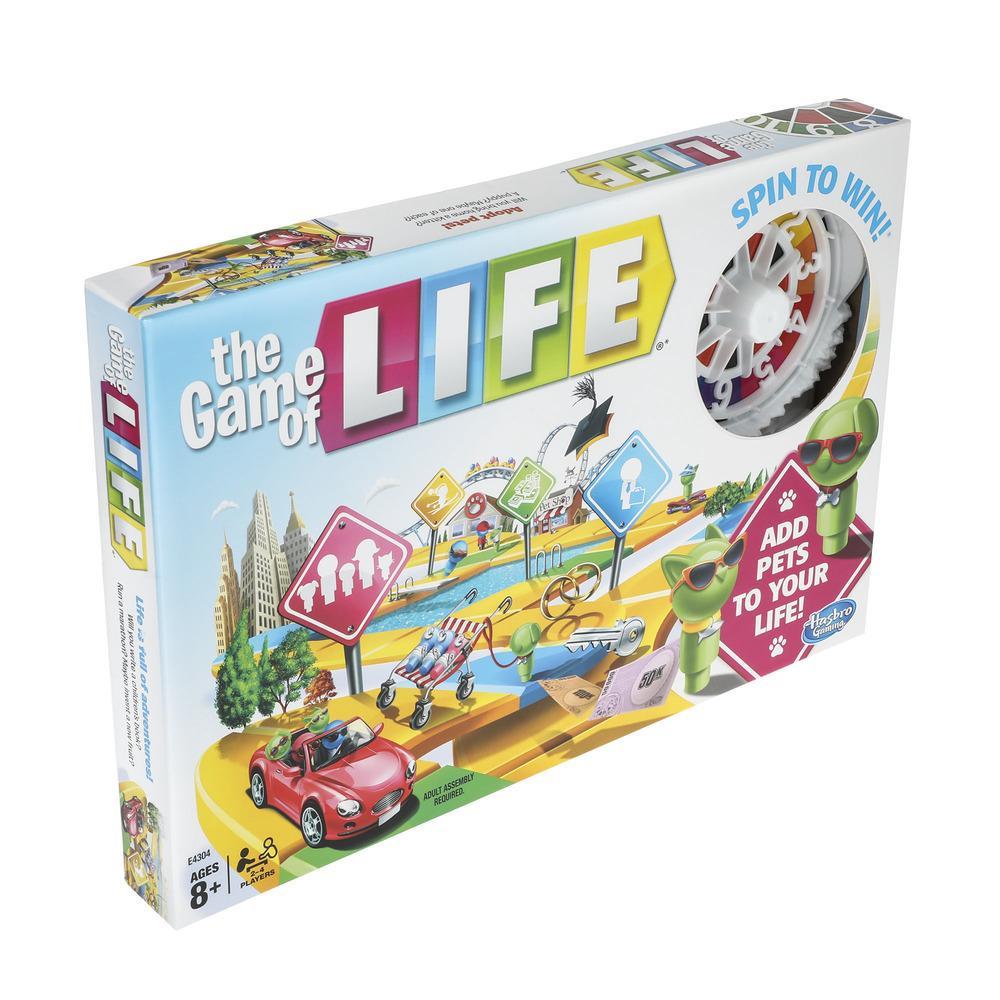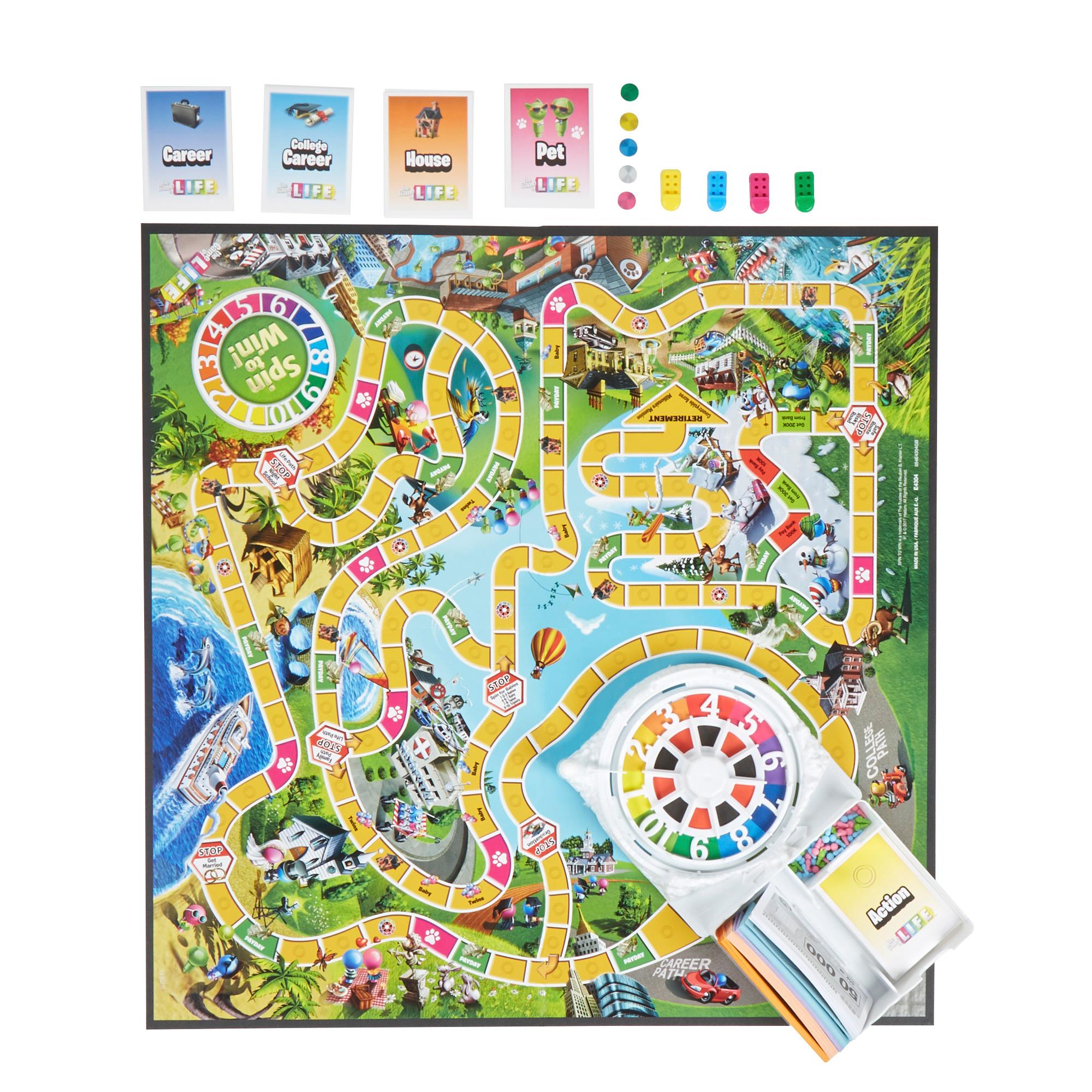Have you ever thought about how games can deliver ideas of contemporary society? I bet that “The Game of Life” board game is one of those kinds to represent an actual society which is fun, enjoyable, and sometimes a bit scary to see what things future hold.
To elaborate on the background of the game, The Game of Life was first established in 1860 by Milton Bradley. It was not a board game but a checkerboard to represent life. The modern version of the game was released in 1960, after the original 100 years. Reuben Klamer and Bill Markham are the two designers to create the game. It portrayed life in a board game pattern – dice, money, pawns, and pathway. Plenty of versions continually have developed and released until the present by altering and depicting the concept of society and technology. “The Game of Life” board game version 2021 is a branded-new version. It consists of 4 loops of living – education, work, family, and retirement – where players need to survive in the game world to be the wealthiest man at the end.
The game ruleset is simple to understand. Players first need to choose which path they want to achieve, between going to college with debt or to the workplace with the inability to select some jobs for the whole game. Then, the game uses dice to present the number of tiles players must move in their turn. In every turn, players roll a die and move, then do the task given in the tile. They continue playing the game by purchasing stuff, changing careers, and having a family and babies until they all end the game by reaching the retirement section. After that, players count their money, and the winner goes to whoever has the most money in the game.
The most fascinating part I really am addicted to this game is the ideology of portraying real-life situations during the gameplay of the alternative life in the (virtual) U.S. capitalist world – A world mainly running based on a private economic system. Most elements in the game are related to real-world elements and systems; for instance, the game has options to choose between an educational path or a working path. I also have to decide what family term I need to have in the late game – married, single with babies, or single with pets. Moreover, players have the ability to purchase a house and loan money from the bank to invest in the stock market as an investment aspect presented in the real world.
In one sense, the game shows what could happen in the future while living in the capitalist world. Activities presented in the gameplay are based on the actions we, as teenagers, face – career, investment, and family. Playing this game is like life prototyping to perceive the outcome of decision-making. Money is the primary indicator to let players know the consequences of doing activities. For the tip, going to college at the starting point makes you richer since some jobs require a degree. If you get richer, it sometimes means you are in the right way. Otherwise, you may decide the wrong choice. It could be used to consider the optimal living pathway and adapt to a real-life situation.
Furthermore, this game might help children prepare for adulthood by knowing the adult world. I would not say that the game was designed for educational purposes, but it embedded some thoughts. Playing with parents who are adults in this world would help children by teaching and answering questions about how they should decide about life, how particular activities matter in life, and the value of education, marriage, and investment. Of course, children might not understand everything, but it seems nice to let them explore the world through this game and what the future of capitalism holds for them.
Basic Info.
Designers: Reuben Klamer
Publisher: Hasbro Gaming
Release Date: 2021
Number of players: 2 – 4
Playing time: 30 minutes
Ages: 8+
Picture: Promo pictures from the game https://hasbrogaming.hasbro.com/en-us/product/the-game-of-life-game:971D57C6-651A-41EE-9CE7-EE0835842E4A
Picture: Screenshot of Rule Book captured by author


